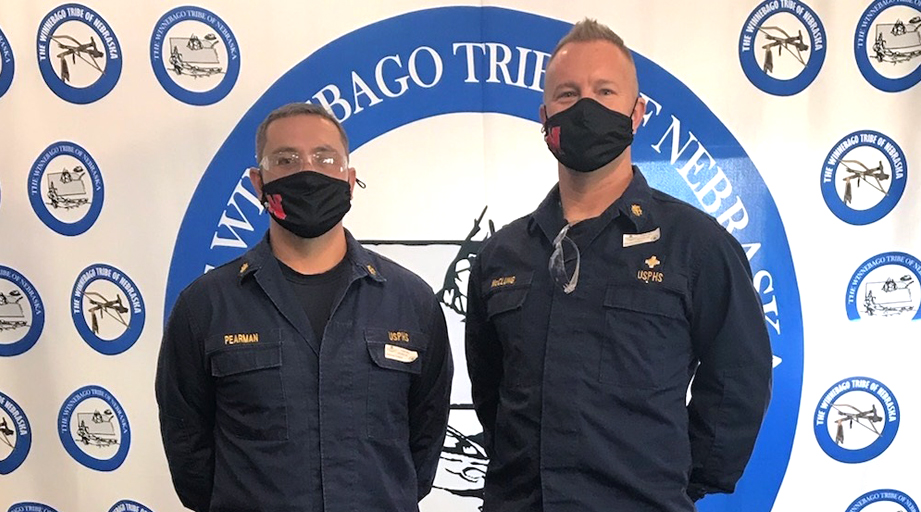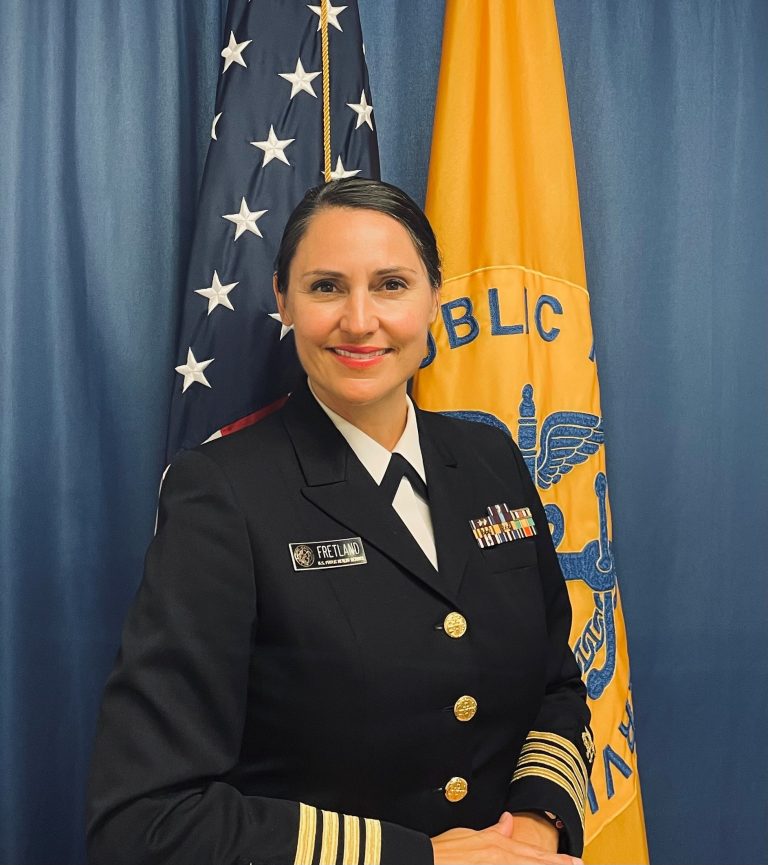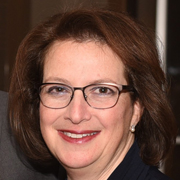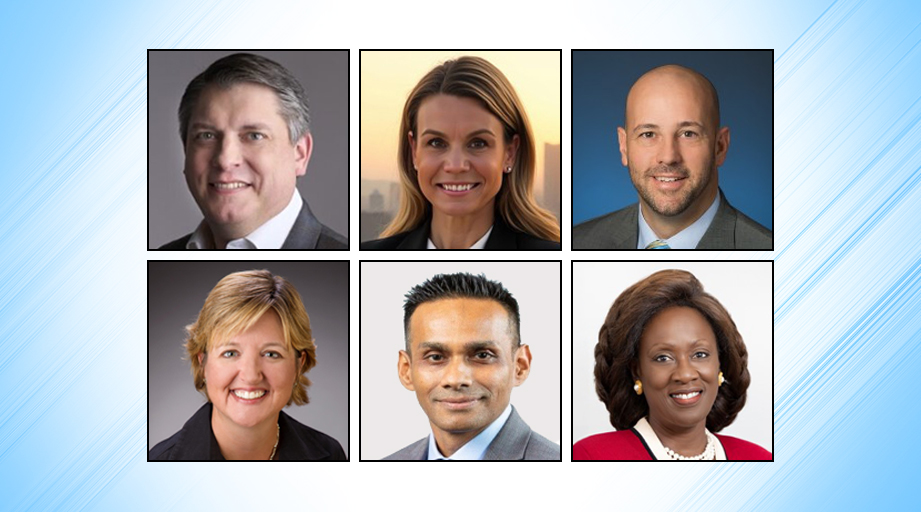
GROWING UP IN NORTHERN MINNESOTA, Kailee Fretland, PharmD, BCPS, received all of her health care from the Indian Health Service (IHS), the federal health program for American Indians and Alaska Natives. When she decided to pursue a career in pharmacy, one of her goals was to work for the IHS and give back to her community. After 15 years working as a clinical pharmacist and chief pharmacist for IHS hospitals in North Dakota and Minnesota, Dr. Fretland became the acting Principal Pharmacy Consultant for IHS headquarters last year, overseeing the federal pharmacy programs, initiatives, and policies.
Matthew McClung, PharmD, NCPS, deputy chief of pharmacy services for Winnebago Comprehensive Healthcare System/Twelve Clans Unity Hospital in Nebraska—a tribally-owned medical facility—also grew up in the area where he has practiced since 2010, and said he appreciates that the Winnebago tribe has treated him like family.

A passion for IHS
Working as a pharmacist in these settings has allowed Drs. Fretland and McClung to get deeply involved in their patient communities and take on a wide variety of disease state management opportunities. Dr. Fretland, a longtime ASHP member, said if she started her career over, there's no doubt she would work for IHS again.
"Indian Health Service is a truly unique and wonderful place to work as a pharmacist and pharmacy technician," said Dr. Fretland, a Captain in the U.S. Public Health Service. "We can be innovative and practice at the top of our licensure. We know our patients extremely well. We may know their families, communities, and resources within the community, which really reinforces our patient-centered approach to care."
IHS employs some 800 pharmacists and 300 pharmacy technicians nationwide in settings ranging from one-person operations to large hospitals with 45 pharmacists, caring for 2.7 million beneficiaries across 37 states, Dr. Fretland said.
She added that pharmacists work under various protocols, collaborative practice agreements, or their state licensure scope of practice. They have a long history of being innovative and adept at identifying gaps in care and creating clinical pharmacy programs to meet those gaps. This could include anything from performing vision screenings and diabetic foot exams to administering vaccines or working in chronic disease management for diabetes, cardiovascular health, HIV, behavioral health, and substance use disorder to counseling on tobacco cessation and contraception.
Many initiatives from pharmacists have been grassroots programs that developed locally and then were shared with other IHS facilities, Dr. Fretland said. Pharmacists have "a lot of local support to implement these programs. It's a huge opportunity where there's not a lot of layers that ideas have to go through to get approved."
IHS also offers its pharmacists and technicians opportunities to participate in public health and community outreach, she said. This might include providing immunizations or naloxone or participating in harm reduction and syringe services programs.

Pharmacy practice at the highest level
Dr. McClung, an ASHP member and Commander in the U.S. Public Health Service, has had the opportunity to get involved in multiple areas of medical management. The facility where he works has an outpatient pharmacy, inpatient pharmacy, emergency room pharmacy, and pharmacist-administered chronic care clinics.
"We have everything in-house from optometry, dental and behavioral health, physical and occupational therapy, X-ray, radiology, and labs, so it's an all-in medical facility [for patients]," he said. There are pharmacist-managed clinics for drug and alcohol treatment, immunizations, antimicrobial stewardship, wound care, diabetes education, anticoagulation services, and hepatitis C, among other areas.
Pharmacists are also launching a chronic care clinic to manage diabetes and related complications such as hypertension and hyperlipidemia. "It's within the scope of the pharmacy profession to practice in all of those settings with what's taught in pharmacy school today, so we're able to maximize our pharmacy licensure and abilities to the highest level."
"My favorite part is it's a small community, so everybody is friendly, and you get to know your patients really, really well," Dr. McClung added. "The pharmacy team is the core nucleus of the facility. We have pharmacists who have worked at our facility for 10-plus years, and patients know they can always come to the pharmacy and see one of the pharmacists to care for their medical needs."
American Indians and Alaska Natives represent 574 federally recognized tribes, each with its own cultural heritage, language, traditions, and practices in medicine, Dr. Fretland explained. "If you are going from one location to another, those are things that must be taken into consideration," she said. "Just because you've taken care of American Indian/Alaskan Natives at one location doesn't mean that their beliefs or cultural practices are the same at the next location you go to." Being respectful of the individuals you're caring for and giving patients the support they need is essential, as it is in any culture, she added
Continuously enhancing one's knowledge of disease states and a willingness to work in a more rural or remote area are additional considerations when working with these populations, Dr. McClung explained. "But that's also a chance to explore and see different areas of the country," he said. "A lot of our facilities throughout the nation can be in more rural areas such as in the Midwest, the Navajo Area of Arizona, near the mountains, or in Alaska."
Connecting with patients
Both Dr. Fretland and Dr. McClung cited some favorite patient stories. Dr. McClung remembers helping an elderly patient with diabetes and a high A1c level enroll in the hospital's diabetes education program: "Through diabetes education and a proper treatment regimen, her A1c was lowered to goal, her blood sugars were under control, and she felt better. She was grateful for the programs and services we offer at our facility."
When Dr. Fretland worked as a clinical pharmacist at Red Lake Hospital in Minnesota, she helped a woman who came in requesting naloxone, and got the patient into treatment for opioid use disorder. "At some point during her recovery journey, she had gotten a new job, her own house, a vehicle, and most importantly, her kids back," she said. "Getting someone on the right treatment to help them get their life back together was hugely impactful. That is why opioid use disorder has a very special place in my heart."
IHS has positions available nationwide, and opportunities for students to do introductory pharmacy practice experience (IPPE) and advanced pharmacy practice experience (APPE) rotations, Dr. Fretland said. For more information, visit the IHS website or usajobs.gov.








